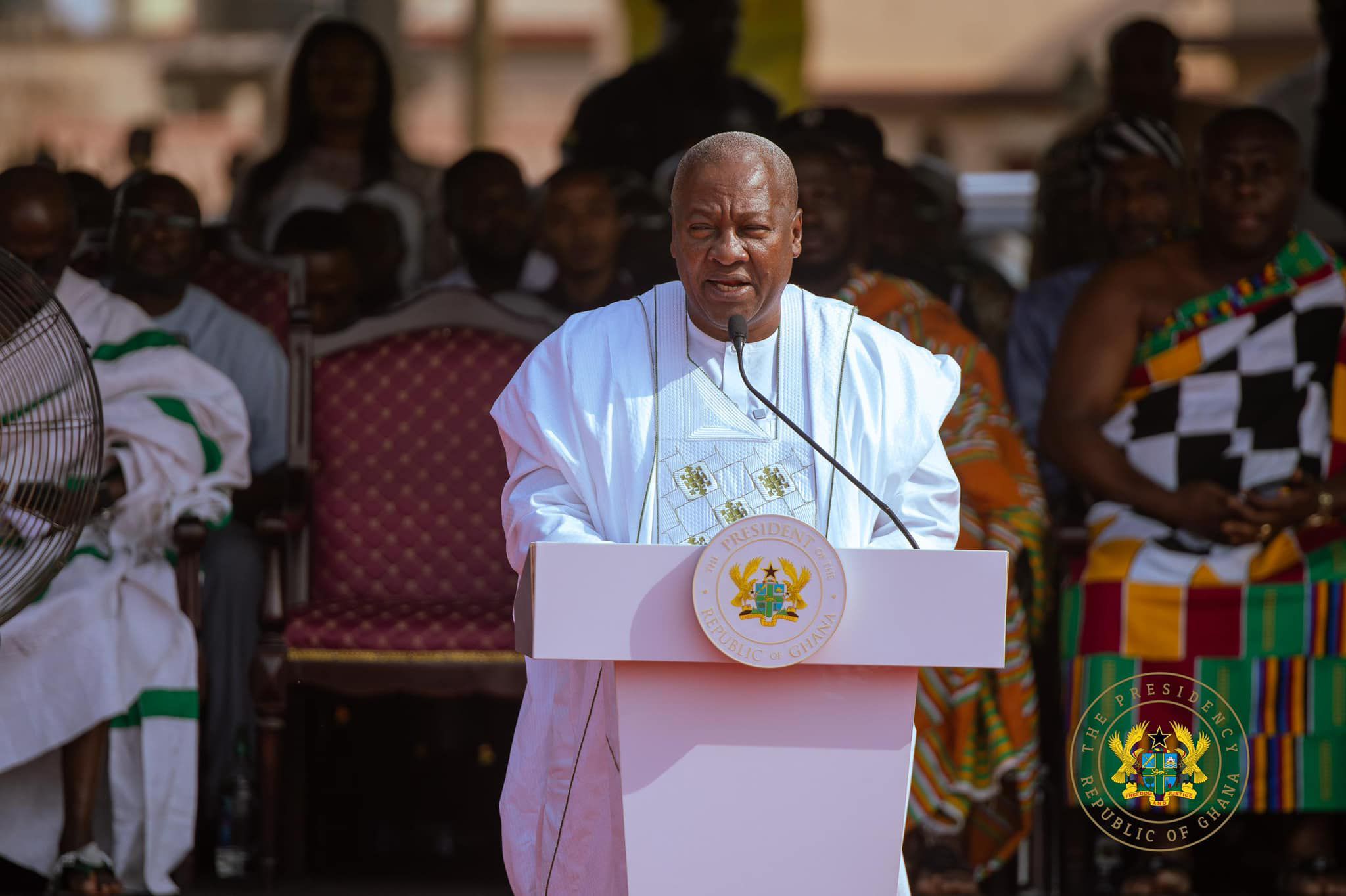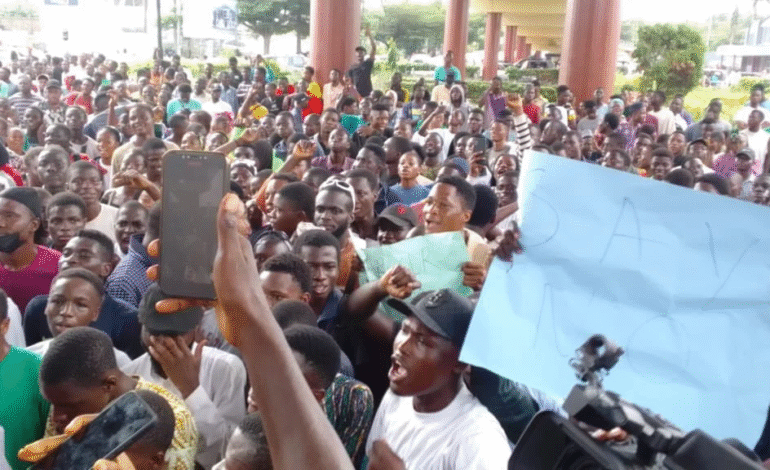Donald Trump's Attack on Iran May Have Made the Nuclear Crisis Worse
Iran still has the components needed to build a nuclear weapon after President Donald Trump ordered airstrikes on its nuclear sites, even as military hardliners dissatisfied with the weakness shown by their country’s clerical leadership are poised to gain greater control, multiple sources tell Rolling Stone.
Trump has insisted America’s strikes on Iran’s nuclear sites caused “total obliteration,” and has attacked the media for questioning this narrative after a leaked report from the Defense Intelligence Agency contradicted the administration’s claims.
Given outstanding questions about covert aspects of Iran’s nuclear program, there are few definitive claims to be made about a timeline for Iran to build a bomb — or whether it will now decide to do so.
However, the attacks by Israel and the U.S. initiated an ideological realignment within the Iranian government, known as “the System” in Persian. Most critically, the elites advocating a policy of “strategic patience” — a key component of which was forsaking a nuclear weapons program to avoid direct confrontation with the West — have now been discredited.
“The hardliners in the System may be on the ascendancy, because many of their critiques of efforts at diplomacy and a negotiated settlement of the nuclear issue were basically confirmed,” says Nicole Grajewski, a fellow in the Nuclear Policy Program at the Carnegie Endowment for International Peace, with expertise in Iran. “The System is under pressure and extreme constraints now that it is militarily weakened — not to mention Israel’s proven ability to dominate their airspace. It may not be the end of strategic patience, but a transition towards a much more paranoid, hardline, and secretive political space.”
“There’s a limit to what Israel and the United States know about what actually happened with their strikes,” says Ali Vaez, the Iran program director at the International Crisis Group. “It has become a much more complicated crisis. It’s certainly not resolved at all.”
There’s little sign any of the belligerents agree about what they want to happen next. Israel, which says the primary goal of its attack was to prevent Iran from acquiring a nuclear weapon, had also encouraged Iranians to overthrow their government. Trump, too, floated “regime change” as the ultimate solution to the crisis — as did GOP hawks — but now his administration says it hopes to return to negotiations.
Creating a nuclear weapon requires access to uranium; the ability to mine and process the metal ore into a gaseous state; construction and operation of centrifuges to enrich the radioactive material to a high grade of purity; and the technical expertise to construct a device.
Fissile material for civil use is enriched to a low grade — around five percent purity — while weaponized applications require highly enriched uranium, as pure as 90 percent or more.
“I’m not quite sure how well designed the strikes themselves were, to completely knock out the elements of Iran’s capacity to build a device with weapons-grade uranium relatively quickly,” says Farzan Sabet, a researcher focused on the Middle East at the Global Governance Center, who runs the blog Iran Wonk. “Color me a little bit skeptical until we have more data.”
The International Atomic Energy Agency (IAEA), which oversees compliance with the Nuclear Non-Proliferation Treaty (NPT), released a report on May 31 that noted Iran was stockpiling highly enriched uranium and conducting other “illicit” activities.
“Iran can convert its current stock of 60 percent enriched uranium into 233 kilograms [513 pounds] of WGU [weapon-grade uranium] in three weeks at the Fordow Fuel Enrichment Plant, enough for nine nuclear weapons,” wrote analysts at the Institute for Science and International Security, a think tank specializing in non-proliferation, in their analysis of the IAEA’s report.
Findings like that formed the basis for claims that Iran was close to getting a nuclear weapon, but whether it was trying to do so is as much a question of political intent as physical capabilities.
Neither Israeli nor U.S. officials provided any direct evidence that Iran had begun building a bomb since Hamas attacked Israel on Oct. 7, 2023, touching off Israel’s current confrontation with Iran. Indeed, Director of National Intelligence Tulsi Gabbard said in March that U.S. intelligence “continues to assess that Iran is not building a nuclear weapon, and Supreme Leader Khamenei has not authorized the nuclear weapons program that he suspended in 2003.”
Amid criticism from Trump and MAGA loyalists, she has since reversed her public stance, posting on X recently that “Iran is at the point that it can produce a nuclear weapon within weeks to months, if they decide to finalize the assembly.”
Prior to the strikes, a robust monitoring and inspection regimen was essential to keeping tabs on Iran’s nuclear program, and analysts at the Institute for Science and International Security asserted that moving forward: “The urgent need is to place IAEA inspections at the heart of relations with Iran and reaffirm that Iran will never be allowed to get a nuclear weapon.”
Iranian officials have now threatened to expel IAEA inspectors. Whether this is intended as leverage during potential future negotiations is unclear, but if the IAEA is kicked out, the international community loses visibility about Iran’s nuclear program — even as internal pressure to “break out” and make a dash to build a weapon becomes critical.
IAEA officials have said Iran has 900 pounds of highly enriched uranium, and analysts spoken to by Rolling Stone believe at least some of this was dispersed from Fordow prior to American strikes, but acknowledge lacking any specific details.
“We do not have information of the whereabouts of this material,” IAEA Director General Rafael Grossi told an interviewer last week. “Iran officially told me ‘We are going to be taking protective measures,’ which may or may not include moving around this material.”
There are also outstanding questions about Iran’s existing enrichment centrifuges. In 2018, Trump withdrew from former President Barack Obama’s 2015 nuclear deal with Iran. The treaty, called the “Joint Comprehensive Plan of Action,” or JCPOA, was intended to curb Iran’s nuclear program.
The JCPOA placed limits on the number of centrifuges Iran was allowed to operate, allowed the IAEA to verify compliance under the NPT. In the wake of the U.S. withdrawal from the plan — which was signed by all five UN Security Council members, as well as the EU — Iran maintained compliance, until a succession of Israeli attacks in 2020 and 2021 on a centrifuge manufacturing site. Tehran then prevented the IAEA from monitoring at that site.
As a result, “we knew that they had produced hundreds of advanced centrifuges. We just didn’t know where they were,” Vaez says.
In a post-attack analysis published on Tuesday, the Institute for Science and International Security asserted that “Overall, Israel’s and U.S. attacks have effectively destroyed Iran’s centrifuge enrichment program.” But it also noted: “That being said, there are residuals such as stocks of 60 percent, 20 percent, and three to five percent enriched uranium and the centrifuges manufactured but not yet installed at Natanz or Fordow. These non-destroyed parts pose a threat as they can be used in the future to produce weapon-grade uranium.”
It’s unlikely that U.S. and Israeli military operations have fully accounted for all of these centrifuges. Despite whatever level of destruction was achieved at the Fordow enrichment site, there remain uranium hexafluoride production and enrichment facilities at the complexes in Natanz and Isfahan, which were largely untouched.
“You cannot ‘obliterate’ a program if you still have both centrifuges and enriched uranium up to the 60 percent level that still exists,” Sen. Chris Murphy told reporters last Thursday, after receiving a classified briefing about the strikes.
Vaez observes that if Iran is committed to building a nuclear bomb, the barrier might not be as high as some policymakers assert. “A few dozen advanced centrifuges could fit in a relatively small room and would have no detectable footprint, and could be used in order to enrich up to 90 percent, if you have the 60 percent stockpile as feed,” he says.
“With their 60-percent stockpile, they can get enough fissile material for a single nuclear weapon in six days, and they can have enough for an arsenal worth in less than a month,” Vaez tells Rolling Stone.
But whether or not Iran retains the materials needed to create a nuclear weapon, it doesn’t necessarily mean it has decided to do so — and there is a substantial difference between building a single functioning device, and creating multiple weaponized nuclear warheads needed to create a credible deterrent.
“I’m not sure if they have a game plan about how they’re going to conduct diplomacy,” Sabet says. “I’m not sure if they have a game plan about the end state they want, and the concessions they’re willing to make.”
“The bottom line conclusion here is that Iran’s nuclear weapons capacity has been reduced. But its intent to acquire nuclear weapons has increased,” Vaez says.
Whether its intent has increased or not, certainly there was no regime change. In the wake of the U.S. and Israeli attacks, the Islamic Revolutionary Guard Corps (IRGC) — the military branch charged with the protection of Iran’s government — has tightened its grip over the country. IRGC militias have set up surprise checkpoints, are searching people’s phones for incriminating information, are conducting mass arrests, and have carried out multiple executions.
Iranians largely rallied around the flag despite widespread discontent with the System, which proved its resilience by continuing to function despite Israel’s attacks on its leadership.
That was by design. After the invasion of Iraq in 2003, the IRGC instituted the “Mosaic Doctrine,” designed to ensure the survivability of the regime.
“The idea of the Mosaic Doctrine was based on the threat of an invasion — an Iraq-style invasion and occupation by the United States, which was what they were expecting,” Sabet says. “They understood that the leadership could be decapitated either through assassination or precision strikes.”
This, Sabet says, “created the capacity for IRGC regional and provincial headquarters to assume responsibility for local security, either in the case of a domestic emergency, or in the case of a foreign hostile threat.”
Israel killed top IRGC commanders when its Operation Rising Lion began in mid-June. Many of these were veteran leaders fully invested in the strategic patience strategy — central to Iran’s response after the U.S. assassinated an influential IRGC commander, Major General Qasem Soleimani, in 2020.
“They wanted to take their time to think about what would look proportional, while preventing the need for President Trump, in his first term, to retaliate,” Sabet says. A week after Soleimani’s assassination, Iran carried out limited strikes on American facilities in Iraq, telegraphed well in advance.
Iran’s response last Monday to the U.S. strikes echoed the 2020 dynamic. Tehran launched six short-range ballistic missiles against the U.S. airbase at al-Udeid in Doha, Qatar — all of which were shot down by Patriot air defense batteries.
Surreally, Trump actually thanked the Iranians for conducting the counterstrike in such a manner. “I want to thank Iran for giving us early notice, which made it possible for no lives to be lost and nobody to be injured,” Trump wrote on social media.
Indeed, social media has been a key front in this conflict, and modern militaries are becoming more sophisticated about how they engage with it, says Matthew Ford, the author of War in the Smartphone Age, and a professor of War Studies at the Swedish Defense University in Stockholm. Ford notes in particular Israel’s online showcasing of its intelligence and military prowess during Operation Rising Lion. Indeed, as Rolling Stone has reported, Trump appears to have changed his mind about becoming involved in the conflict after seeing how Israel’s operation was playing out on Fox News.
Governments seek to impose a top-down information strategy in an effort to control the narrative, but this is increasingly difficult in the era of “participatory media,” Ford says. Both Israel and Iran took steps to limit information — with Israel imposing a media clampdown in reporting on ballistic missile strikes and seeding memes about its operations across social media, while Iran simply cut off internet access for much of its population.
The United States also used deception aimed at online audiences. After a Trump spokesperson said he would take action “within two weeks,” keen-eyed observers breathlessly tracked groups of U.S. B-2 Spirit stealth bombers and refueling aircraft online, using publicly available flight data to follow them moving west, apparently on their way to Guam. In the meantime, the actual strike aircraft were heading east unnoticed, without broadcasting their flight information, and bombed Iran’s nuclear sites while the decoy group was still over the Pacific.
“There is a moment where what is happening online can have meaningful kinetic effects on the ground,” Ford observes.
Chatter online and on TV is also central to managing the domestic political response. Amid a fierce debate inside the MAGA coalition about the wisdom of direct action against Iran, the Trump administration has become hypersensitive about the media’s reporting on the strikes.
“Time and time again, classified information is leaked or peddled for political purposes to try to make the president look bad, and what’s really happening is you’re undermining the success of our incredible pilots,” said Defense Secretary Pete Hegseth in a press briefing at the Pentagon last Thursday.
While a ‘If you don’t trust us, it’s because you hate the troops’ strategy may play well with the self-licking Rocket Pop that is America’s right-wing news ecosystem, it has little bearing on the situation on the ground. Even if the White House wins a public debate despite painting itself into a corner with its claim of “total obliteration” at the Fordow enrichment site, it ultimately obscures the bigger question: Will the attacks help convince Iran to forsake nuclear weapons?
That question will not be answered in a press conference, or in a social media post.







